By Nigel Wigmore
THE definition of a thoroughbred — according to at least one online dictionary — is “an outstanding or first class person or thing”.
I’m not sure any of us think of a car as a “thing”. This seems far too detached a term for the next most expensive object we buy after a house.
Few cars these days I would describe as thoroughbreds, but this week’s drive is the exception.
The Range Rover has well-documented antecedents that stretch back more than 70 years, when the humble Land Rover first appeared.
The Rover Company originally used the name Land Rover for a four-wheel drive off-road model launched in 1948.
The Range Rover itself came into being in 1970. Almost straight away the car was recognised as a thoroughbred. During that decade the Musée du Louvre in Paris exhibited a Range Rover as an “exemplary work of industrial design”.
The Range Rover Sport I have been driving this week is a natural evolution of that first luxury 4×4.
The test car was the epitome of 21st century upmarket car endeavour.
Large, and with a commanding road presence, with distinguished lines, acres of gleaming white paintwork, moody black wheels and huge tyres, this Range Rover Sport would satisfy the wildest of egos when it comes to car ownership.
For the Range Rover Sport exudes class and luxury and competes in a global market for those who have a penchant for and have enough money to afford such top of the range SUVs (sport utility vehicles).
But big cars like these have always faced issues during their lifetimes, mostly to do with their size and thirst for fuel.
Once these were the car of choice of the Chelsea and Knightsbridge set until they moved on to electric and hybrid models.
But the very large motor car’s role in society is rightly changing because of grave concerns for the environment. There is the current
relentless march of the electric car, which may or may not in time prove to be the answer.
More realistic I think are large hybrid SUVs. Range Rover’s maker, Jaguar Land Rover or JLR, no doubt has more hybrid/electric versions in the production pipeline.
For now, the Range Rover Sport I have been enjoying was bursting with power and performance and great technology as standard equipment — plus tasty optional add-ons.
For example, there was the 12.3in interactive driver display, the electronic air suspension that gave the car its super ride quality, the blisteringly good eight-speed automatic transmission that hurled this heavy machine from 0-60mph in 5.6 seconds, courtesy of the very powerful 3.0-litre 400hp engine.
This new six-cylinder unit has an innovative combination of advanced features, including the introduction of an electric supercharger to deliver immediate power response.
Power climbs in 0.5 seconds up to 65,000 rpm to maximum boost pressure, so that this new technology virtually eliminates 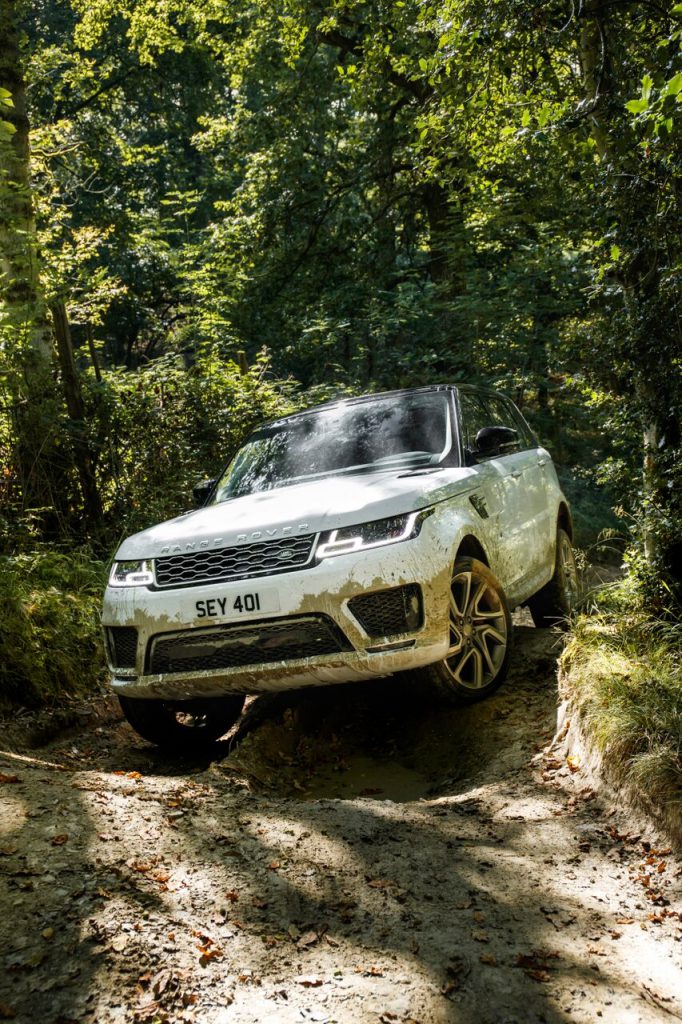
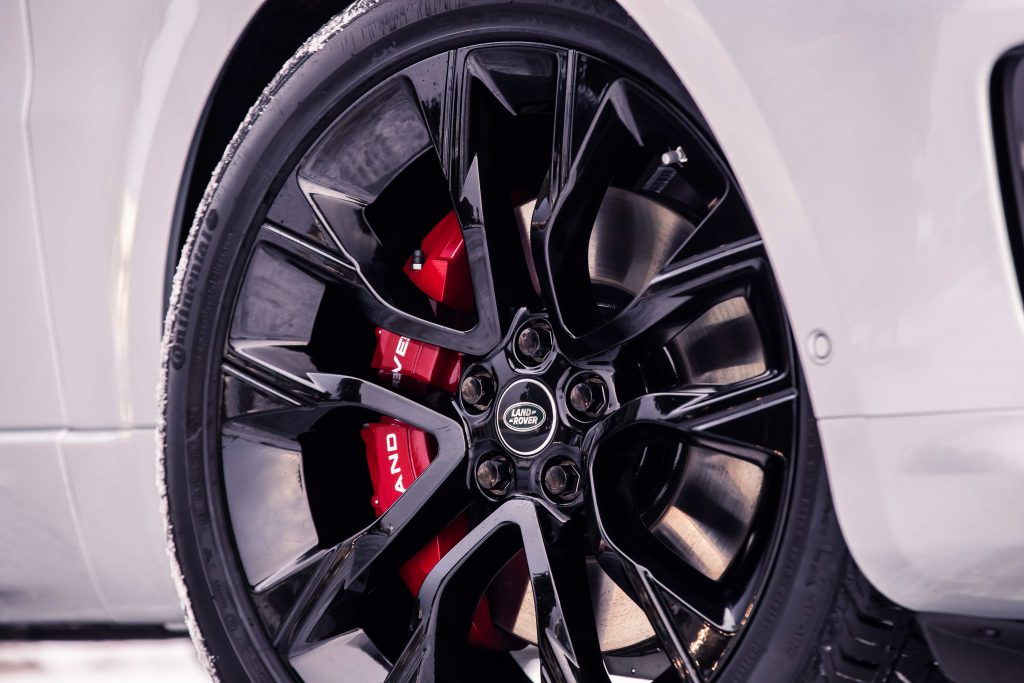
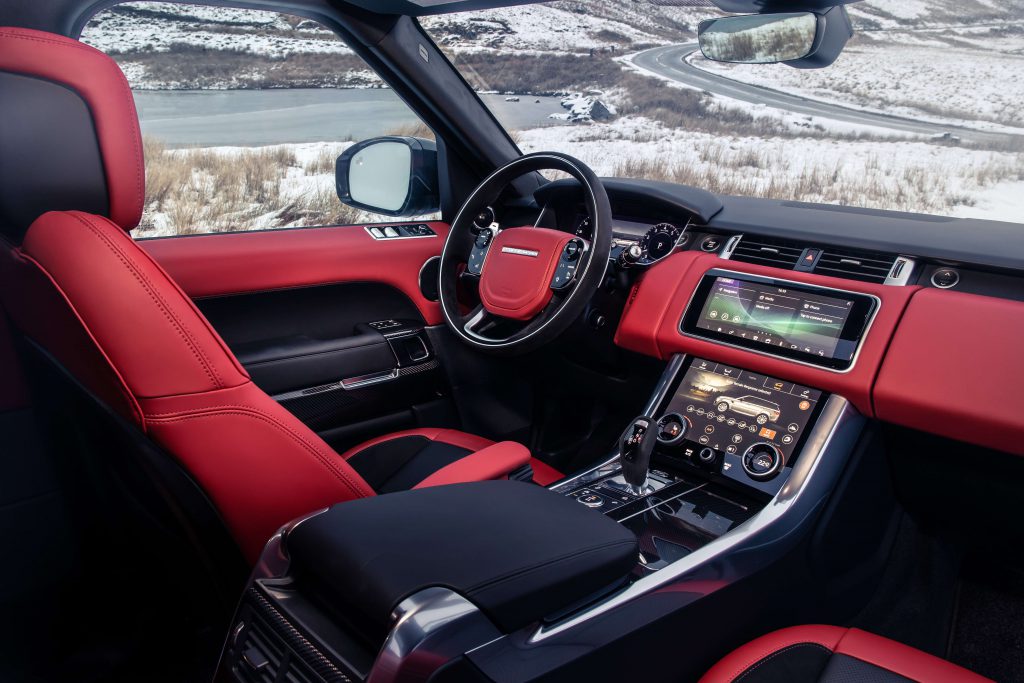
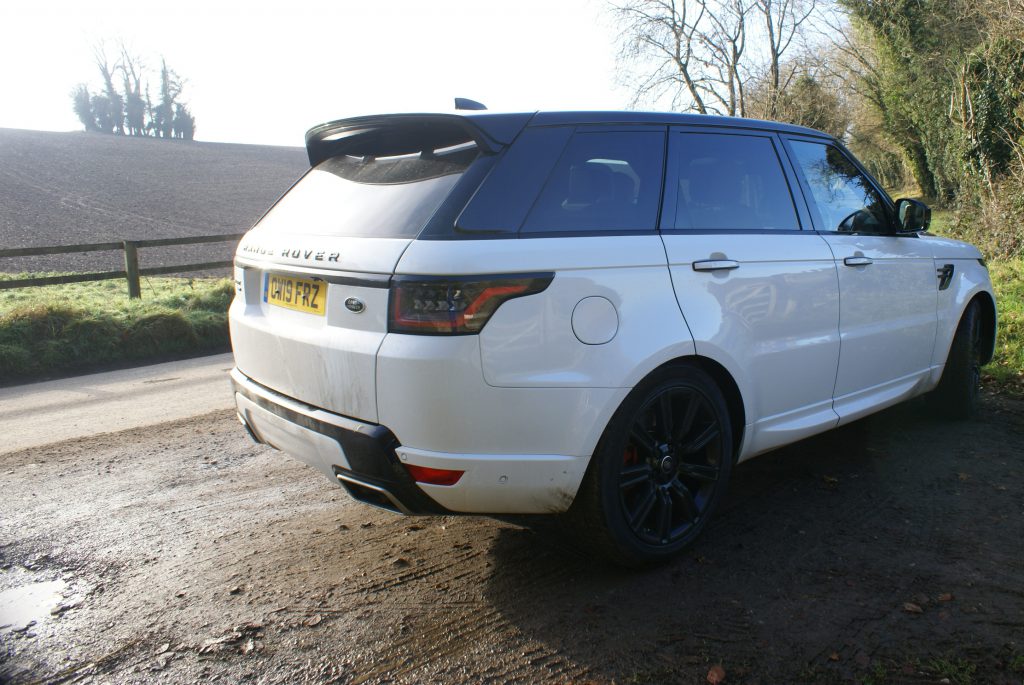
SONY DSC
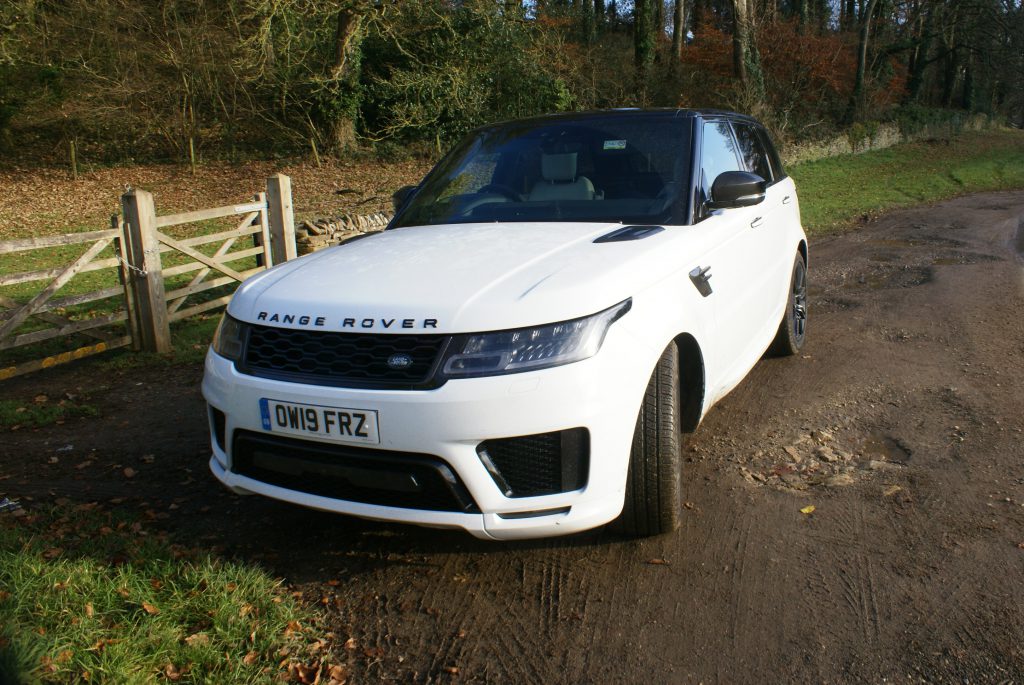
SONY DSC
turbo lag. The set-up is based around a new start-stop system that switches off when the car is stationary and pairs the engine with an electric motor.
This allows the system to harvest energy whilst the vehicle is decelerating and store it in a 48V battery. This energy can then be re-deployed through torque-assist, reducing CO2 emissions by reducing the workload on the engine.
If you like driving, the sum total of all that techno stuff is that this kind of refined power ability makes motoring fun. It gives the driver the unassailable view that in this car you could go anywhere on- or off-road.
Of course for those intimidated by the size of such a vehicle, you could be forgiven for thinking twice about where you park.
But that would be a personal choice. For my part I found the car large yet surprisingly manoeuvrable.
If Land Rover continues to develop the Range Rover so that it blends in with a green-conscious new world order of motoring, then I see no reason why it should not thrive whatever its size.
